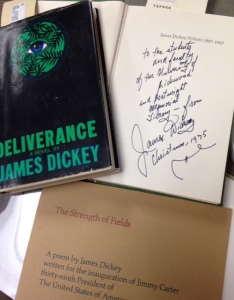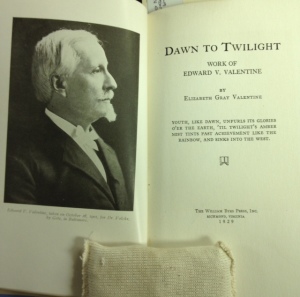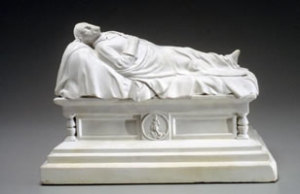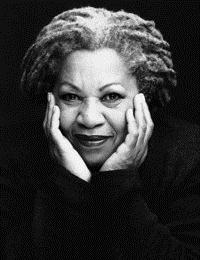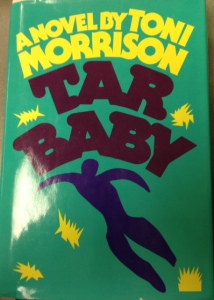
James Dickey in his study.
James Dickey was born on February 2, 1923 in Buckhead, Georgia, a suburb of Atlanta. From an early age his lawyer father read his son famous speeches which awakened in him an interest in poetry. His first purchase as a young man was the collected works of Byron.
At 6 feet, three inches tall he played high school football, and then varsity at Clemson. In 1942, he enlisted in the Air Force and between missions read the poetry of Conrad Aiken and other poets, finally developing a taste for apocalyptic poets such as Dylan Thomas and Kenneth Patchen.
After the war, he studies anthropology, astronomy, philosophy, and foreign languages, as well as English literature at Vanderbilt. He began publishing poems and continued to study in graduate school at Vanderbilt and Rice.
Another stint in the Air Force during the Korean War had him training officers. When he left he briefly turned to teaching at the University of Florida. In 1956, he moved to New York City where he wrote advertising copy at McCann-Ericson Agency. He eventually moved back to Atlanta to work in advertising there.
In 1960, his first collection of poetry, Into the Stone and Other Poems, was published and he soon left advertising behind. He received a Guggenheim Fellowship, the Melville Cane Award and the National Book Award. And though he thought of himself as a poet, he is probably most widely remembered for his best-selling novel, Deliverance.
“Applauded for their ambitious experimentation with language and syntax, Dickey’s poems address humanity and violence by presenting the instincts of humans and animals as antithetical to the false safety of civilization. Called “willfully eccentric” by the New York Times
Book Review and “naturally musical” by the Chicago Tribune Book World, Dickey’s work testifies to the power of the human spirit, especially under extreme conditions.” (http://www.poets.org/poetsorg/poet/james-dickey)
The Galvin Rare Book Room has three of Dickey’s works. A first edition of Deliverance, signed by the author. A book of his collected poems, signed “to the students and faculty of the University of Richmond and Boatwright Memorial Library, Christmas, 1975.” And finally, The Strength of Fields, written for the inauguration of President Jimmy Carter.

